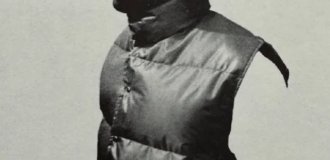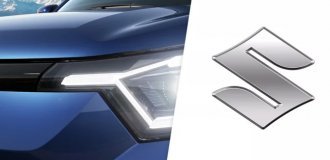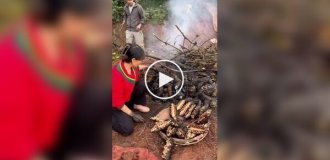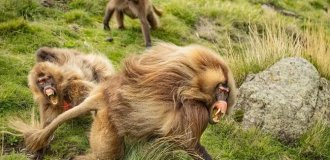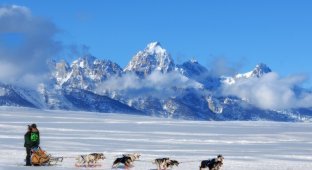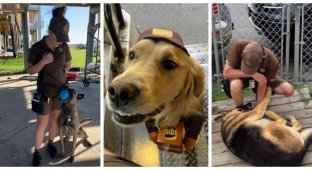The Mackenzie River Husky or Mackenzie River Husky is an unusual breed of northern dog. While getting to know them, you should forget everything you know about the usual wool huskies. 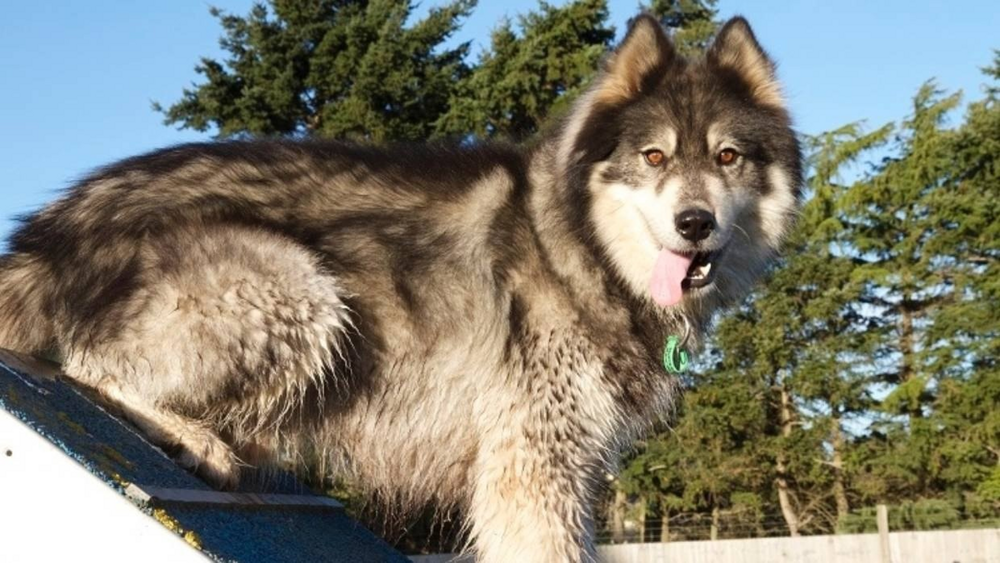
To begin with, it’s worth putting all the dots at the ends of the sentences: Mackenzie River Huskies, or, in our opinion, Mackenzie River Huskies, are not equal to Siberian Huskies, Greenlandic Huskies, Eskimo Sled Dogs and Alaskan Malamutes. If you delve deeper into the science, river huskies are not a breed at all, but a very diverse group that unites several local dog populations. 
The thing is that river huskies have gone through many tests throughout their centuries-old existence. The history of the breed is not just a summary of pedigrees, but a whole action movie about the gold rush, Kimmyijaktownik (which will come later) and how sled sport ruined sled dogs. 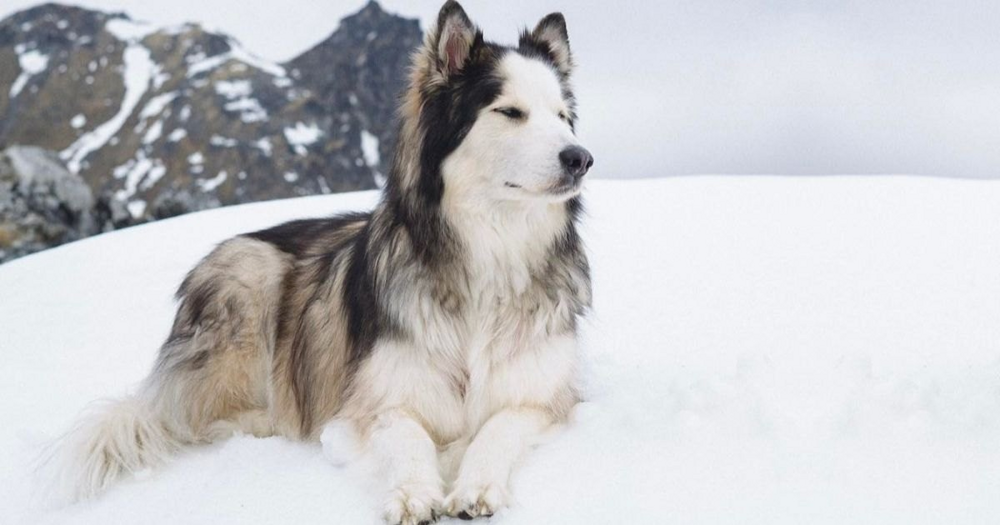
These dogs, like many other ancestors of the more popular breeds today, came with people from Siberia. The settlements of those times were far from each other, which is why the dogs from different villages were somewhat different. What they had in common was their ability to work, long hair and a willingness to tramp through snowdrifts for tens of kilometers. 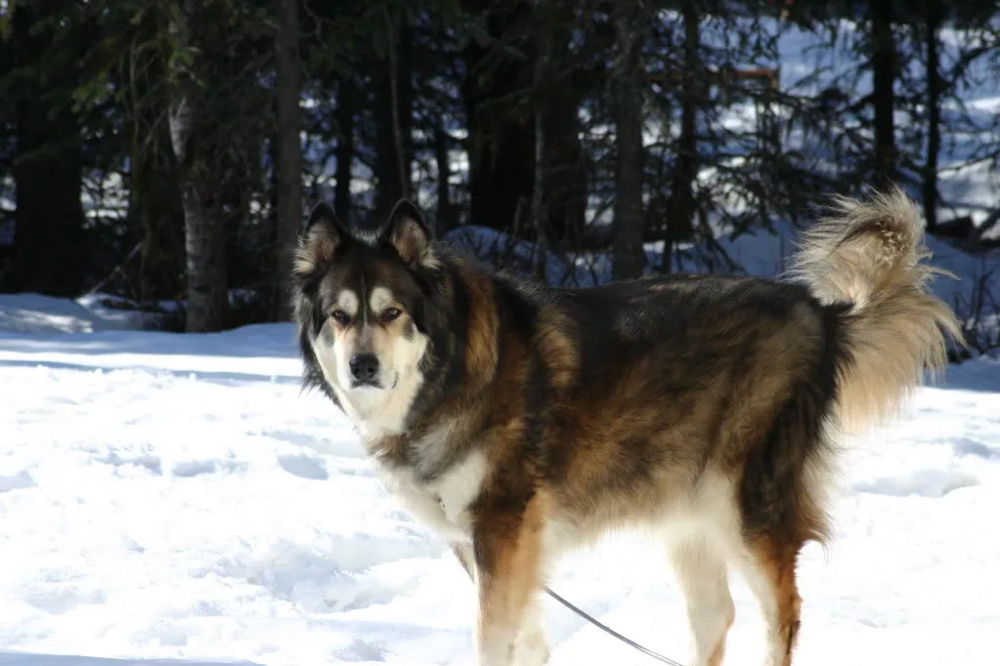
The dogs lived on their own, not bothering, until the gold rush broke out. Prospectors bought sled bobbies en masse for their needs, crossed them with imported breeds to improve everything in the world, and did what they wanted. Then the kimmyijaktownik fell upon the dogs. Indigenous peoples called this the times when the authorities tried their best to eradicate the habitual way of life of the Inuit. In those years, dogs were destroyed in batches, justifying this as protection against rabies. Whether it was there or not, one can argue for a very long time and a lot, but after Kimmyijaktanik there were even fewer river huskies. 
Closer to modern times, the remaining crumbs of Mackenzie Huskies were hit by a wave of popularity in sledding sports. Those few animals that survived in distant villages were bought for breeding work. But no one cared about purebred breeding - the main thing here was the speed of the dog team at the finish line. Therefore, the remaining local dogs were bred with faster Siberian huskies and other long-legged breeds - all for the sake of victory. 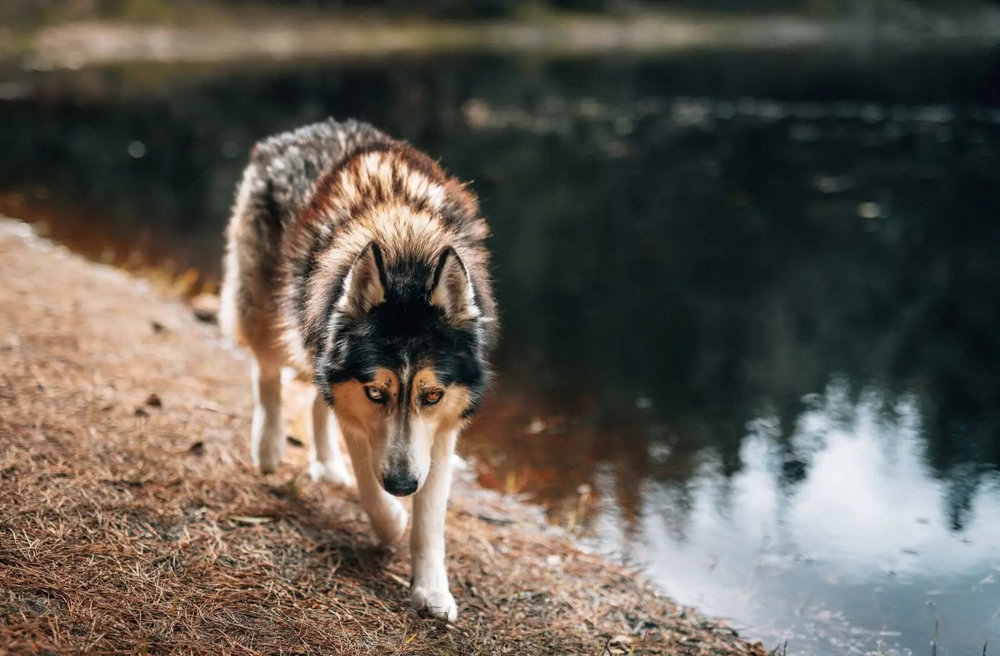
That is why the rivers today are at a crossroads - to be or not to be. Only a few enthusiasts are engaged in restoring the breed, but so far there have been few results. At the state level, dogs are not recognized, large kennel clubs disown Mackenzie, people buy the more popular huskies and malamutes.
Add your comment
You might be interested in:



